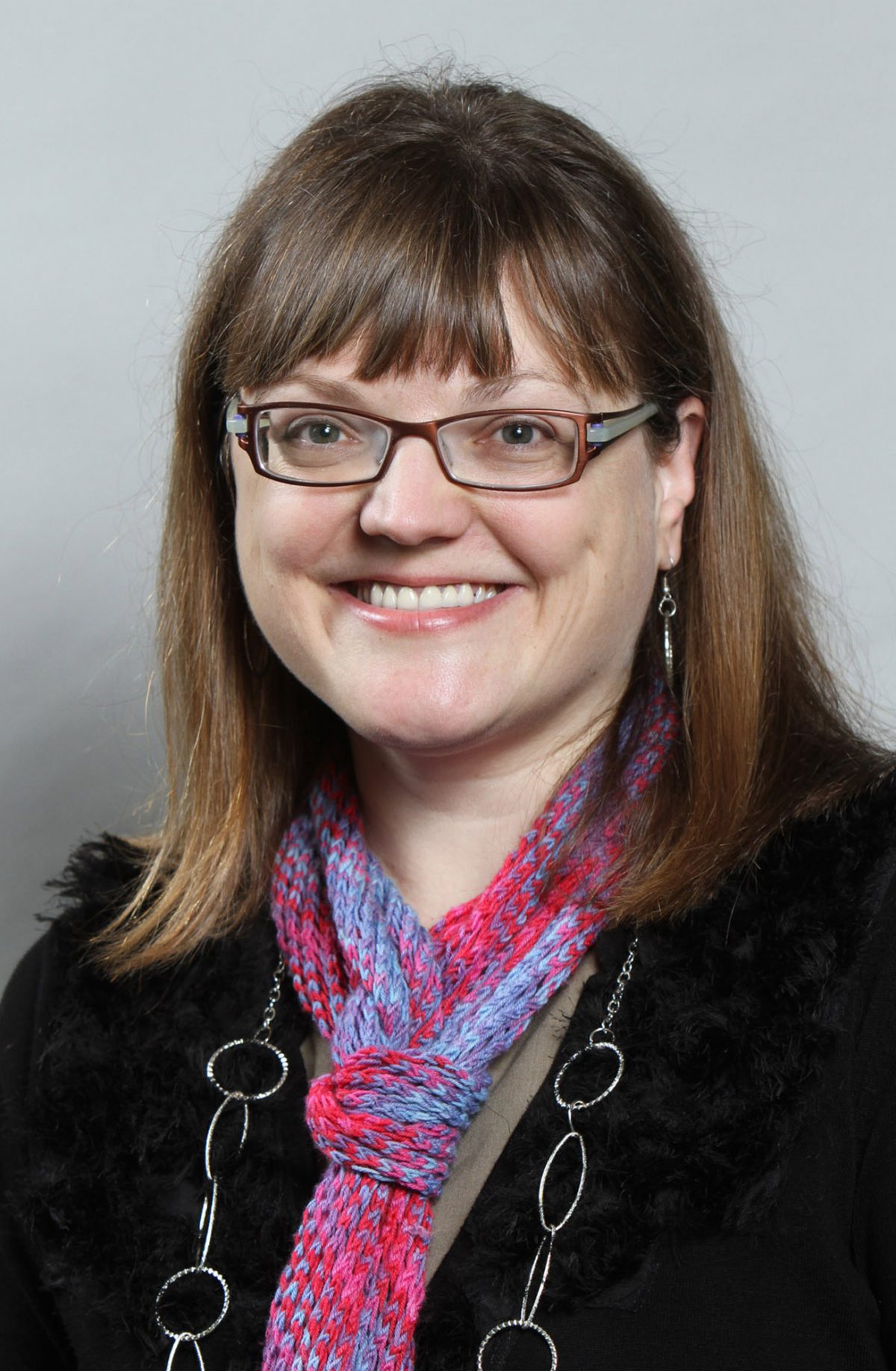
Sonja Barisic
Sadly, we couldn’t make it to every session at Nonprofit Technology Conference, but luckily we have some great friends who were willing to write about the ones they attended. We met Sonja Barisic, director of marketing and communications of St. Mary’s Home, our first night there after showing up extremely late to the Blackbaud Reception. She graciously helped us with our 3 Questions Interview and writing this guest post for us about Beth Kanter’s content curation session. ~ Kivi
Guest Post by Sonja Barisic of St. Mary’s Home
If real estate is all about location, location, location, marketing is all about content, content, content.
Blog posts. Tweets. Facebook updates. E-newsletters. All are useful ways to promote your organization, but producing content to continuously fill all those channels can be overwhelming, especially if, like many of us in the nonprofit world, you’re a communications department of one.
A cure to feeling like you have to do it all yourself is content curation: organizing, filtering and making sense of information on the web and sharing the best with your network. That’s a definition given during an inspiring session, “Unintended Benefits of Content Curation“, at the recent Nonprofit Technology Network Conference in Minneapolis.
Presenters Beth Kanter (trainer, author and blogger) and Will Coley (founder and producer at Aquifer Media), offered many tips and tools for making curation part of your content strategy. Here are some of them.
- Picture yourself as a sommelier. You have to taste a lot of wine, including the cheap stuff, to develop your palate and be able to knowledgeabley recommend the best.
- Or, think of yourself as a curator like Costco. The warehouse retailer sells many products overall but typically only one kind of a particular product — one brand of ketchup, one brand of baked beans, etc. Costco sifts through many brands to narrow the selection in order to offer the best deal for its customers and make shopping easier.
- To help you focus, come up with five to ten master topics. Be selective; know your audience and look for topics relevant to your audience. For example, since I work for a nonprofit home that cares for children and young adults with severe disabilities, I look for content on topics including special education and technology tools that can help children with disabilities.
- Avoid information overload. Use online services that let you select the topics you want to curate and then search the web for you, like Scoop.it! or Mention, which lets you create alerts for your organization, your industry, names, etc. Within minutes after I signed up for Mention, I discovered two online mentions of supporters of my organization that I easily turned into Facebook posts.
- Add value by providing insights, opinions and contexts. It’s not enough to merely share links. In one of those Facebook posts, for example, I congratulated a supporter for receiving an award he received and explained how he had founded a program with a lasting effect on my organization. I probably could have taken the post a step further and added information about how other people could get involved.
- Learn from the masters. Follow the best curators to get inspired; for example, Noland Hoshino’s boards on Pinterest are great examples of content curation, from creative designs to icons to typography ideas.
- Be organized so you can easily share all that wonderful content you’re finding. You could, for example, create wikis to use as “holding pots” for information. I returned home from Minneapolis determined to make better use of Evernote, a note-taking and archiving service available on the web and also as software for your Mac, PC or mobile device. I’ve been using Evernote for years to save original content as well as useful bits of information, such as boilerplate, logos and other items that Kivi recommends keeping handy in a “marketing bank.” Now I’m also using Evernote to store curated content I can dip into to help me with my marketing efforts.
After 18 years as a wire-service reporter, Sonja Barisic left journalism but not storytelling. She is director of marketing communications for St. Mary’s Home, which cares for children and young adults with severe disabilities. She works to raise raise public awareness of the Norfolk, Va.-based organization and to improve communications with donors, staff and families.





